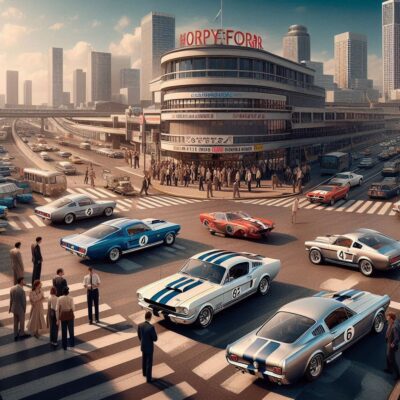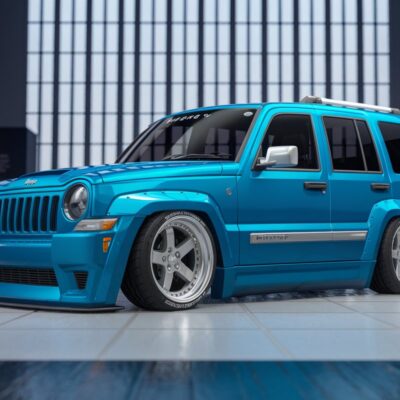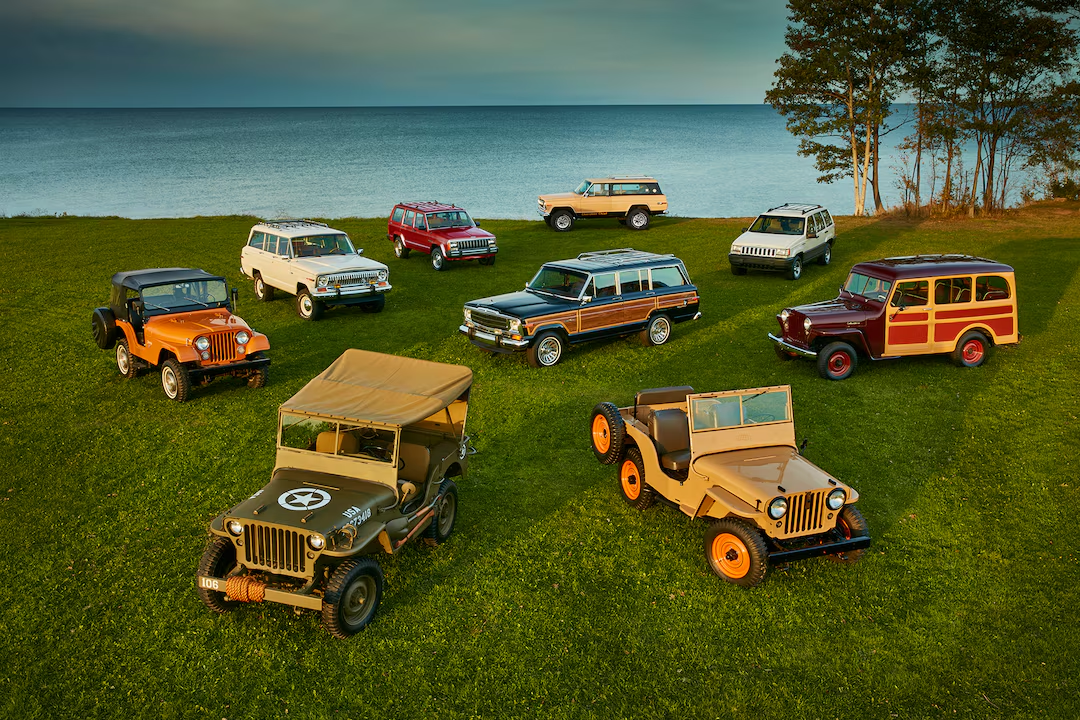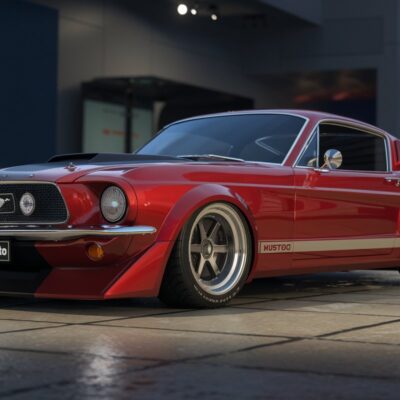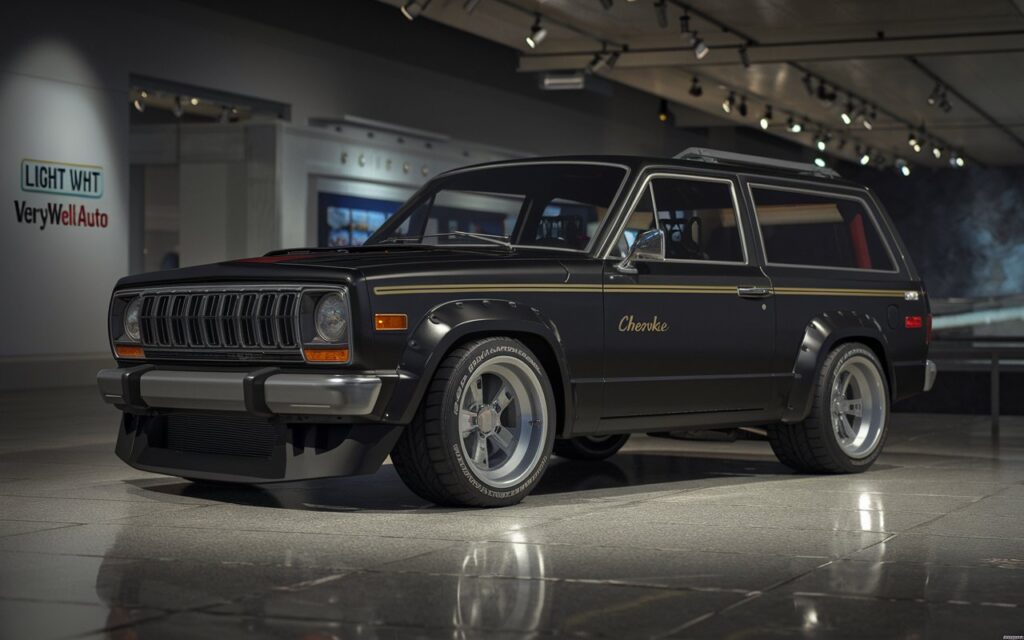
The Jeep brand, synonymous with rugged durability and off-road capability, has its roots deeply embedded in military history. This article explores the journey of Jeep from its inception as a military vehicle during World War II to its transition into civilian life, forever changing the automotive landscape.
Jeep in World War II
The story of Jeep hestory begins in the crucible of World War II. In 1940, the U.S. Army contacted 135 companies to create a light reconnaissance vehicle to replace its aging fleet of Ford Model T’s and motorcycles. The result was the birth of the iconic Jeep.
The Birth of a Legend
The Army’s requirements were stringent:
- Weight under 1,300 pounds
- Four-wheel drive
- 85 lb-ft of torque
- Payload of 660 pounds
- Cooling system capable of long, slow climbs
Three companies rose to the challenge: Willys-Overland, Ford, and Bantam. Eventually, Willys-Overland won the contract with its MB model, though Ford also produced them under the GPW designation.
The Jeep quickly became indispensable to the Allied war effort. General Dwight D. Eisenhower said that the Jeep, along with the Dakota airplane and the landing craft, were the three tools that won the war.
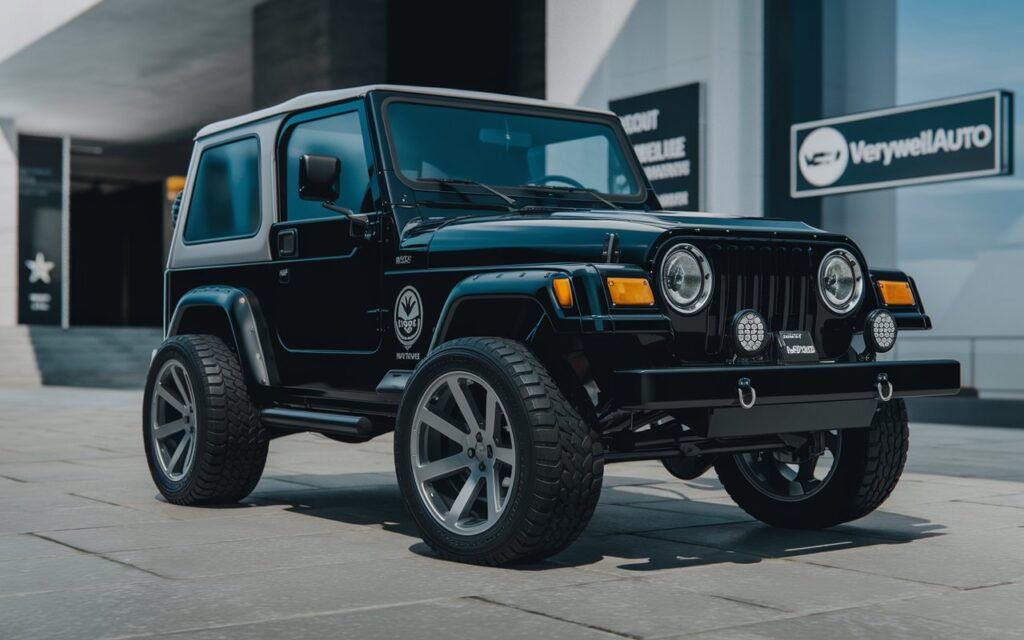
Jeep’s Wartime Roles
During the war, Jeeps served in various capacities:
- Reconnaissance vehicle
- Ambulance
- Troop carrier
- Artillery towing
- Aircraft tug
Its versatility and reliability made it a favorite among soldiers and a crucial component of military strategy.
Post-War Military Vehicles
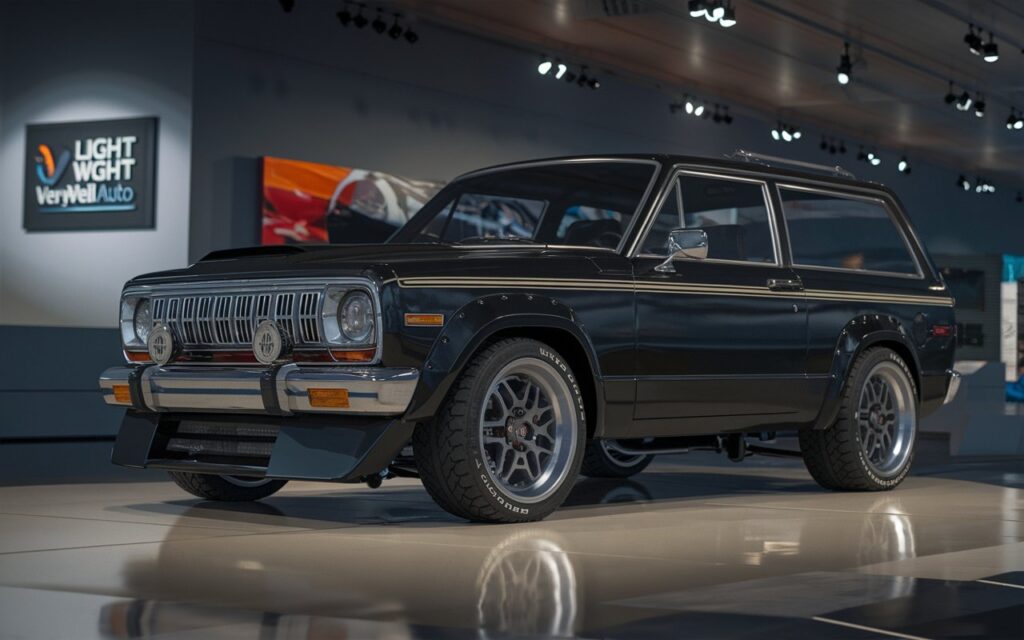
After World War II, the Jeep continued to evolve to meet changing military needs.
The Willys M38
In 1950, Willys introduced the M38, an improved version of the wartime MB. It featured:
- A stronger frame and suspension
- A 24-volt electrical system
- Waterproof ignition
The M38 saw extensive use in the Korean War.
The M151 MUTT
In 1959, the M151 Military Utility Tactical Truck (MUTT) was introduced. While it bore the Jeep name, it was a significant departure from the original design:
- Independent suspension on all four wheels
- Unibody construction
- Increased payload capacity
The MUTT served through the Vietnam War and beyond, remaining in service until the 1990s.
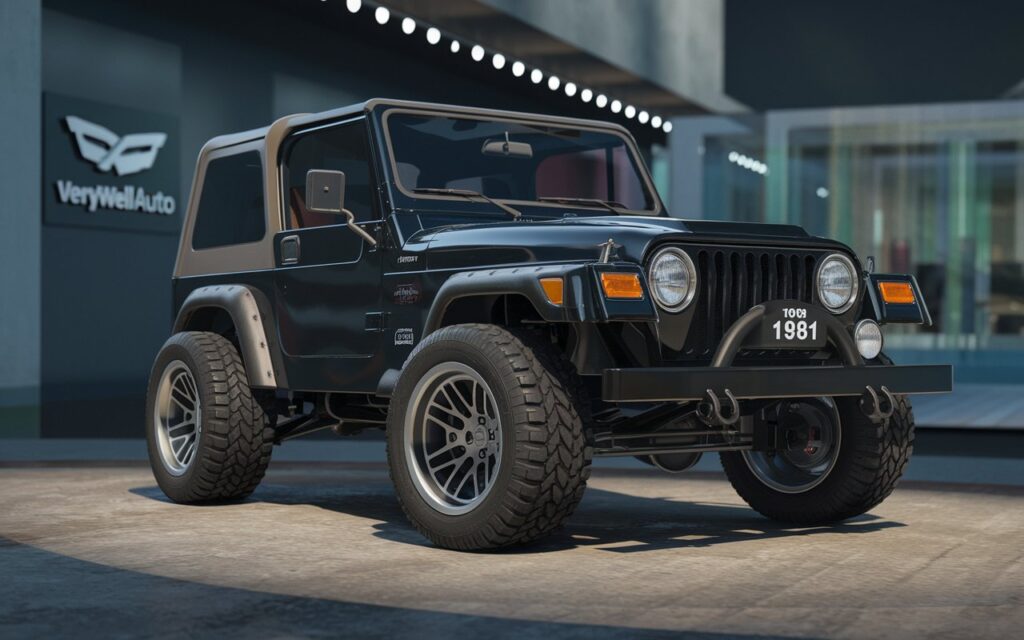
From Military to Civilian: The Transition
The transition of Jeep from military to civilian use began even before the end of World War II.
The CJ Series
In 1944, Willys-Overland began producing the CJ (Civilian Jeep) series, starting with the CJ-2A. This model maintained the rugged capability of its military predecessor while adding features for civilian use:
- Tailgate
- Side-mounted spare tire
- Larger headlights
- An external fuel cap
The CJ series continued to evolve, with the CJ-3B, CJ-5, and CJ-7 becoming popular models that helped establish Jeep’s reputation in the civilian market.
The Birth of the SUV
The success of the civilian Jeep paved the way for the development of the modern SUV. In 1963, Jeep introduced the Wagoneer, considered by many to be the first true sport utility vehicle. It offered:
- Four-wheel drive
- Automatic transmission
- Power steering
- A comfortable, car-like interior
This combination of off-road capability and on-road comfort set the template for the modern SUV market.
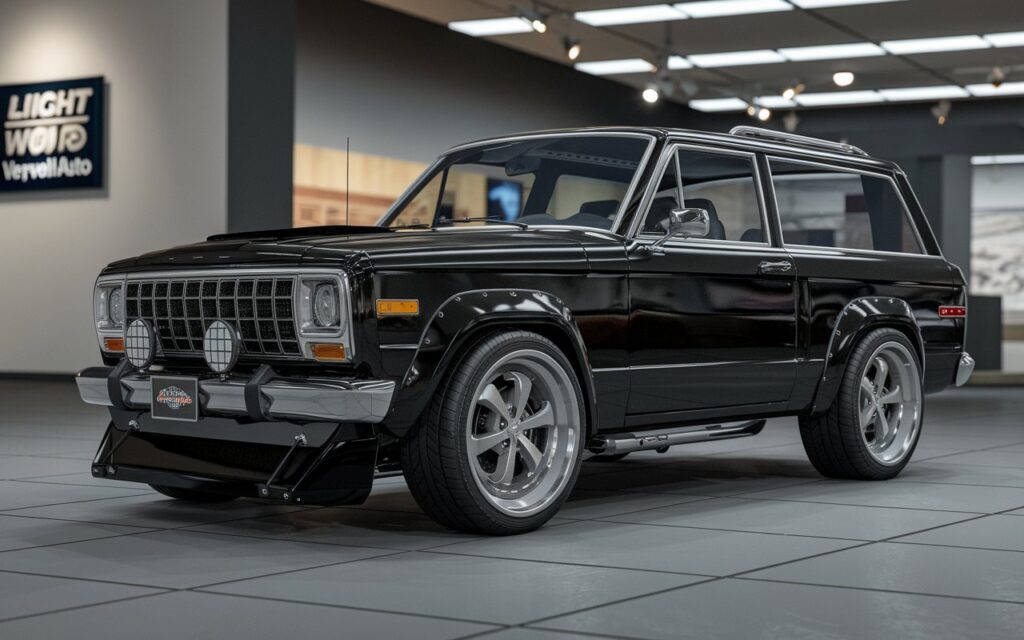
The journey of Jeep from a military necessity to a civilian icon is a testament to the enduring appeal of its design philosophy. The lessons learned on the battlefields of World War II – reliability, versatility, and ruggedness – continue to influence Jeep’s design and engineering to this day.
As we look to the future, Jeep history continues to evolve, embracing new technologies while staying true to its military heritage. From electric powertrains to advanced off-road systems, the spirit of innovation that birthed the original Jeep in 1941 lives on.

